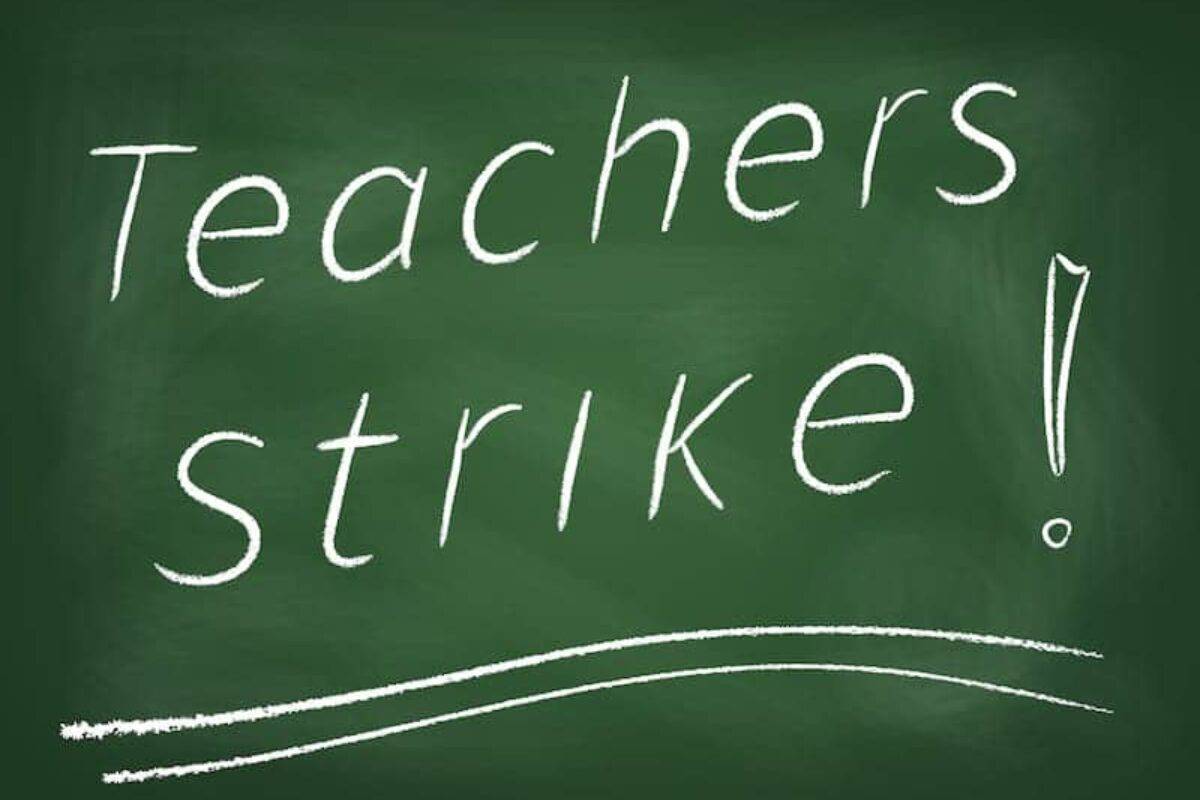By FOCUS, a Leonine business
The teachers’ strikes started in West Virginia and quickly spread to Oklahoma, two of the states with the lowest average salaries for teachers. Kentucky, another state where salaries are far below the national average, saw the next wave of protests which shut down all public schools in the state. Just the threat of strikes in Arizona, also close to the bottom of the salary scale, caused a capitulation to the teachers’ demands. Potential unrest is also brewing in North Carolina and Indiana as well, where underpaid teachers have taken note of the successes in other red states.
In the years following the Great Recession, state budgets dropped precipitously across the board. While these budgets have slowly recovered over the years, spending on education hasn’t kept pace; according to the Center on Budget and Policy Priorities, 29 states are providing less funding per student than they were in 2008. And while overall spending on public school has remained paltry, the salaries of public school teachers have suffered just as harsh a fate.
According to Vox, the salaries of public school teachers have not kept up with inflation, and increasing health insurance costs are also contributing to an overall dip in their take-home pay. Data from the National Education Association going back to 2003 indicates that while teachers are making more total dollars on a state-by-state basis, their salaries have not kept pace with inflation; when this is factored in, public school teachers in nearly every state are actually making less than they were 15 years ago. Data from the U.S. Department of Education corroborates this, showing that on average, salaries in 2017 were 1.6 percent lower than they were on average in 2000. In Indiana, another state at risk of strikes, according to the Chicago Tribune, salaries are nearly 16 percent below their 2000 levels when factoring in inflation.
Faced with tightening school budgets, increasing class sizes, and dwindling salaries, it is not difficult to see why so many teachers have agreed to strike for better pay and working conditions. With the protests so far leading to a string of early successes, state lawmakers around the nation, and particularly in red states, should be prepared for their state to be next.
In response to the threat of strikes, Arizona’s Republican Gov. Doug Ducey has proposed increasing the salary of teachers by 20 percent by 2020, with an immediate 10 percent raise and five percent each year over the subsequent two years. The move comes after teachers in the state threatened to go on strike over their pay, which Governor Ducey was initially critical of, calling the threat a “political circus.” The 20 percent pay raise will boost the average salary in the state to $58,130 per year, just shy of the 2017 national average of $58,950, according to AZ Central.
Success was also seen in West Virginia, where the average teacher salary ranked 48th in the nation. Here, teachers were able to secure a five percent raise and a hold on any increases to their health insurance premiums. In Oklahoma, where the average salary ranked 49th in the nation and many school districts had been reduced to a four-day school week due to constrained budgets, the fate of the strike remains in flux. After initial successes in securing a pay raise, the state’s teacher’s union called off the strike after the legislature refused to further increase the state’s education budget, instead instructing members to focus on the 2018 midterm elections. Despite the stand down from the union, many teachers appear poised to continue the strike until demands are met.
With more strikes potentially on the horizon, lawmakers around the nation would be wise to instead take up the strategy pioneered by Nevada. In 2015, under a Republican controlled legislature and governor, the state began aggressively increasing teachers’ pay. The state also increased overall education spending, and funneled money into literacy programs and teacher recruitment, specifically aimed at siphoning off disgruntled educators from states like Arizona, where salaries were on average $10,00 per year lower. The investment appears to be paying off for Nevada – the state has seen no threats of such a strike, and educators leaving their home states for the Silver State are up across the board, particularly from Arizona.


